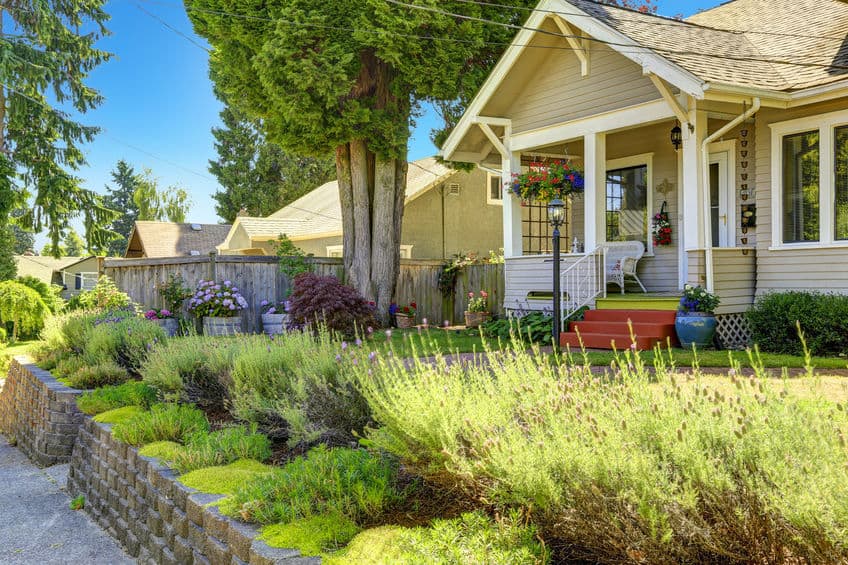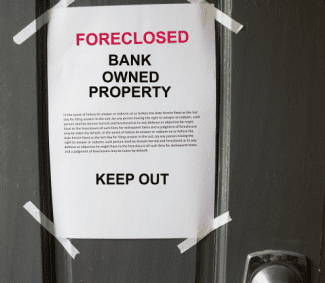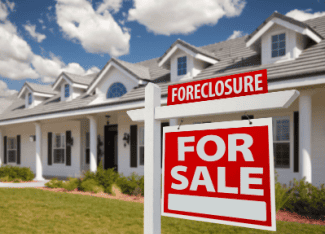5 Simple Landscaping Maintenance Tips for Property Managers

Property managers know that landscaping maintenance is often regarded as one of their required responsibilities, and investing in landscaping is key in both attracting tenants and increasing rental-property value.
As you know, landscaping is far beyond planting shrubs or colorful flowers. It involves an understanding of what you can do to attract your desired type of tenants, to manage your landscaping through the seasons, and to streamline maintenance activities.
If you’re a property manager saddled with landscaping responsibilities, then the following maintenance tips may help you get the best out of your rental-property landscape.
What Are the Top 5 Landscaping Tips for Property Managers in 2020?
- Opt-in for native plants
No matter where your property is located, there are specific plants suitable to your local weather and soil condition. They are known as native plants. This type of plant requires less maintenance and has better resistance to diseases and pests than non-native varieties. For example, if you live in a grassy area, then grassy natives like coneflower and butterfly weed will work perfectly in your landscape.
Pro tip: Each state in the United States has specific plants native to its environment. You should find out your state’s plant hardiness zone.
- Choose hardscape over grass
If you are a property manager seeking to increase your property’s curb appeal while reducing maintenance time, then hardscaping may be an option for you. The use of hardscape features – such as pavers, walkways, and patios – not only saves you time but also gives your tenants an extra living space.
By choosing a hardscape over grass, you can give your rental property a nice-looking yard while reducing the time spent on lawn mowing and irrigation activities. Above all, studies have shown that properties with an outdoor living space tend to attract potential renters much faster.
Pro tip: Check in with your homeowners association before embarking on a hardscape project.
- Invest in landscape fabric
It is common knowledge among property managers that regular landscape maintenance can be a tedious, money- and time-consuming chore. An excellent way to save yourself the stress of regular weed removal is by investing in a landscape fabric (weed-control fabric). Landscape fabric helps to eliminate weeds, prevent erosion and split soil profiles. It is a good solution for reducing landscape maintenance.
Pro tip: Weed-control fabric will keep the weeds at bay, but not forever. It is advisable that you use it when planting annual plants. To get the best out of the option, do combine the use of weed-control fabric and regular mulching.
- Mulch regularly
Mulching is the process of adding material such as shredded leaves and bark, wood chips, and sawdust to the surface of your landscape. As a property manager, mulching is a vital landscape-maintenance activity that can help change the appearance of your property’s curb. This is because regular mulching helps to suppress weeds, retain moisture, and regulate soil temperature.
Pro-tip: The thickness for mulching can be anywhere from 1 inch to 5 inches depending on the size of the plant.
Install an automatic irrigation system
The secret to any beautiful landscape is constant and proper watering. An automatic irrigation system helps you to save water, time, and money while achieving a healthy and lovely yard. One of the advantages of installing an automated irrigation system for your landscape-maintenance activity is that it makes watering your landscape easier.
Pro-tip: When choosing an irrigation system for your landscape, you should opt for a system that suits your landscape type/size and watering schedule.
Landscaping maintenance summary
Keeping your property landscape well-maintained is one of the best decisions you can make as a property manager. By making landscape maintenance an utmost priority, you, your tenants, and potential tenants will surely reap the benefits in the long run.
Source: rentalhousingjournal.com















 Accessibility
Accessibility